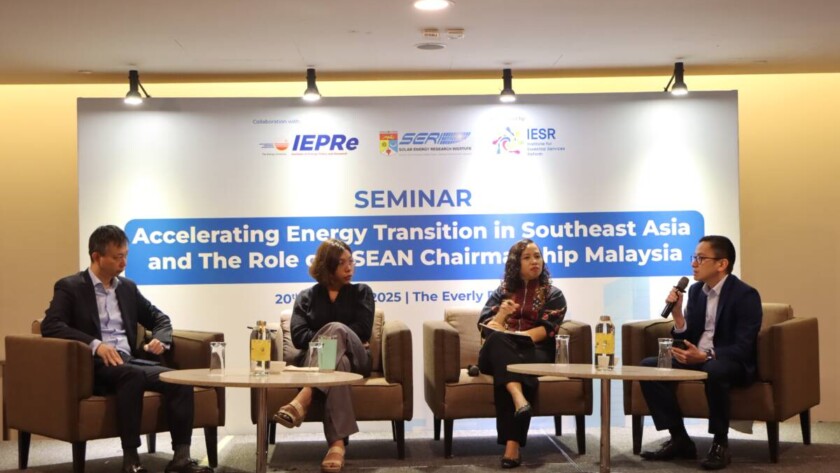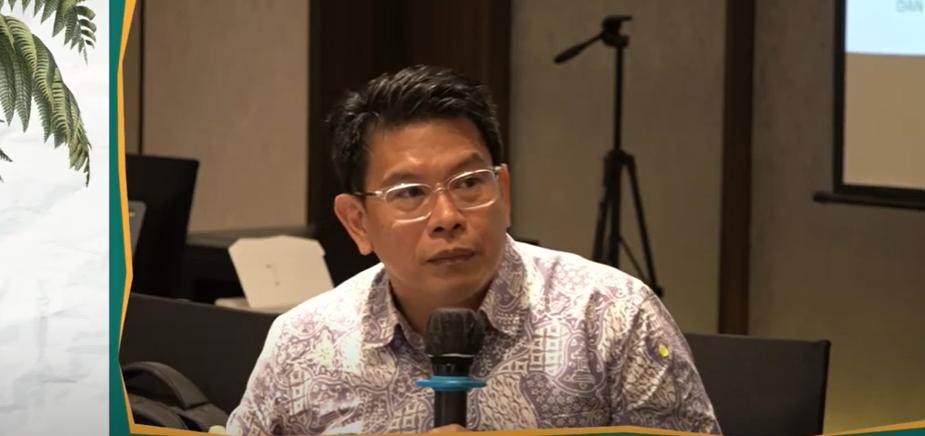Putrajaya, February 20, 2025 - Southeast Asia is the region with the largest economic growth today. Economic growth goes hand in hand with the demand for energy to drive economic activities. With the ambition to pursue economic growth, energy needs in the ASEAN region will also increase significantly.
The fulfillment of these large energy needs…



